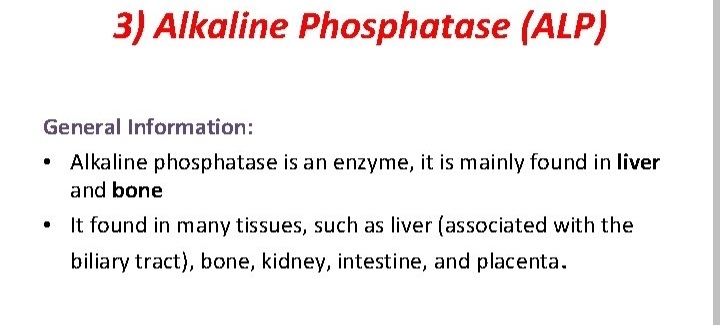What is a bilirubin blood test?
Bilirubin is a yellow pigment found in all blood and stool. A bilirubin blood test determines the level of bilirubin in the body.
Your liver may not be able to process the bilirubin in your body. This may be due to excess bilirubin, blockage, or liver inflammation.
Excess bilirubin in the body causes the skin and the whites of the eyes to turn yellow. This condition is called jaundice.
A bilirubin test can help determine if you have these conditions.
Bilirubin is formed in the body when the hemoglobin protein in old red blood cells is broken down. Shedding old cells is a normal and healthy process.
After circulating in the blood, bilirubin moves to the liver.
In the liver, bilirubin is processed, mixed with bile, excreted into the bile ducts and stored in the gallbladder.
Finally, bile is released into the small intestine to aid in fat digestion. It is eventually excreted in your stool.
Bilirubin that is bound by the liver to glucuronic acid (a glucose-derived acid) is called direct or conjugated bilirubin.
Bilirubin that is not bound to glucuronic acid is called indirect bilirubin or unconjugated bilirubin. The sum of all bilirubin in the blood is called total bilirubin.
The
comprehensive bilirubin blood test accurately measures all three levels of bilirubin in the blood: direct, indirect and total bilirubin.
In both adults and children, symptoms associated with high bilirubin include jaundice, yellowing of the skin and eyes, tiredness, itchy skin, dark urine, and loss of appetite.
Common Reasons for Bilirubin Testing there is.
Therefore, testing for bilirubin in the blood is a good way to check for liver damage.
Mild jaundice in newborns may be due to normal changes in bilirubin metabolism or may be the first sign of a medical problem.
If the birth value is too high, the baby's blood can be tested several times in the first few days of life to monitor liver function. Jaundice in newborns can be very serious and life-threatening if left untreated.
Another reason for high bilirubin levels is that more red blood cells than normal are being destroyed.
This is called hemolysis.
Bilirubin may be measured as part of a "panel" of tests. The liver is often examined with a battery of tests including:
• alanine transaminase
• aspartate aminotransferase
• alkaline phosphatase
• albumin
• total protein
normal bilirubin blood tests
In older children or adults, normal direct bilirubin levels range from 0 to 0.4 milligrams/deciliter (mg/dL).
A normal level of total bilirubin is 0.3 to 1.0 mg/dL.
Indirect circulating bilirubin is total bilirubin minus direct circulating bilirubin. Additionally, normal reference ranges may vary from laboratory to laboratory.
It is normal for newborns to have high bilirubin levels due to the stress of childbirth. Normal indirect bilirubin is less than 5.2 mg/dL in him within 24 hours of birth. However, many newborns have some form of jaundice and bilirubin levels above her 5 mg/dL in the first few days after birth.
Causes of Abnormal Results
If you have high bilirubin levels in your blood, your doctor may order other blood tests and an ultrasound.
In an adult, high bilirubin may be due to problems with the liver, bile ducts, or gallbladder. Examples include:
• liver diseases, like hepatitis
• Gilbert’s syndrome, a genetic disease
• cirrhosis, which is scarring of the liver
• biliary stricture, where part of the bile duct is too narrow to allow fluid to pass
• cancer of the gallbladder or pancreas
• gallstones
• drug toxicity
High bilirubin may also be due to problems in the blood instead of problems in the liver. Blood cells breaking down too fast can be caused by:
• Hemolytic anemia: This occurs when too many blood cells are being destroyed from an autoimmune disease, genetic defect, drug toxicity, or infection, and the liver is unable to metabolize the amount of indirect bilirubin in the body.
• Transfusion reaction: This occurs when your immune system attacks blood that was given to you through a transfusion
Infant jaundice
In an infant, high (usually indirect) bilirubin and jaundice can be very dangerous and may be caused by several factors. There are three common types:
• physiological jaundice: at two to four days after birth, caused by a brief delay in the functioning of the liver and usually not serious
• breastfeeding jaundice: during the first week of life, caused by a baby not nursing well or low milk supply in the mother
• breast milk jaundice: after two to three weeks of life, caused by the processing of some substances in breast milk
All of these can be easily treated and are usually harmless if treated.
More serious conditions that cause high bilirubin and jaundice in infants include:
• Abnormal blood cell shape, such as sickle cell anemia
• Cells called erythroblastosis fetalis, in which the baby's red blood cells are severely broken down due to a blood type mismatch between the infant and the mother
• Genetic Deficiency of certain critical proteins
• Bruising due to difficult labor
• Small size, increased red blood cell count due to premature birth
• Infections
Bilirubin blood test
Abnormally high bilirubin level on blood test If indicated, your doctor may order additional tests to determine the underlying cause.
Once your doctor has determined the cause of your high bilirubin level, you may need to do more bilirubin blood tests to monitor the effectiveness of your treatment. If the doctor determines that there is, an imaging test may be ordered to make sure there are no structural abnormalities.



